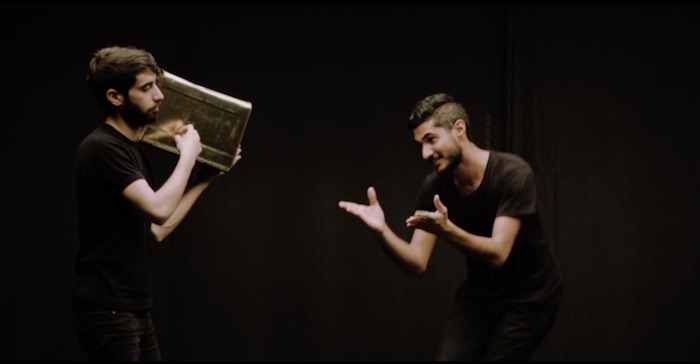Much of the rhetoric around racism and racialized discrimination in Israel centers on Israeli Jewish treatment of Palestinians. However, an examination of the experience of Mizrahi Jews can also be instructive as to the ways that racism and white supremacy function within Israel—through a privileging of Ashkenazi Jews, whose experiences are used to define the contemporary Israeli Jewish experience. For example, Israeli Jewish artist of Yemeni descent Leor Grady’s work addresses the marginalization, erasure, and exile of Yemeni Mizrahi Jews in Israel. In his video work Eye and Heart, Grady highlights how, in its absorption into Israeli folk dance, traditional Yemeni dance has been uprooted from its site of origination and “whitewashed.” Through a discussion of this work and others alongside which it was shown in the exhibition Natural Worker, I argue that Grady’s articulation of the co-option of Yemeni culture by the dominant Ashkenazi (white) Israeli mainstream demonstrates how racialization plays out in the cultural realm of Israel. This method of privileging whiteness can be seen in the Israeli co-option of other Mizrahi and Palestinian cultural elements, such as couscous, hummus, and Arabic words such as “yalla.” This examination of Grady’s work allows for an understanding of how this privileging of whiteness functions within the Jewish Israeli context.
